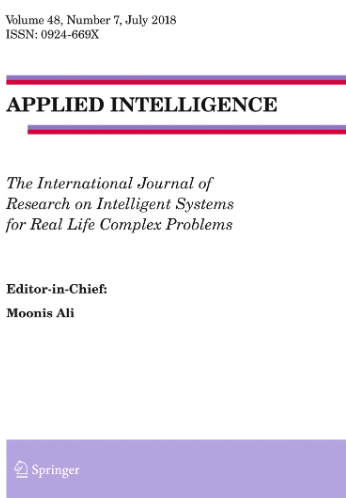摘要
目前基于深度学习的多模态医学图像融合算法通常使用单一特征提取器从不同模态的图像中提取特征。然而,这些方法往往会忽略不同模态医学图像的独特特征,从而导致特征丢失。此外,将复杂的网络结构应用于低级图像处理任务会浪费计算能力。因此,我们创新性地设计了一种双编码器和单解码器结构的端到端多模态融合网络,其结构类似于字母 "W",我们称之为 WMFusion。具体来说,我们首先开发了一种多尺度上下文动态特征提取器(MCDFE),该特征提取器采用上下文关联卷积技术,能有效地从不同模态中提取多尺度特征。随后,我们提出了一种局部-全局特征融合模块(LGFM),用于融合不同尺度的特征,并在局部分支中设计了一种跨模态双向交互结构。最后,我们抑制了特征冗余,并通过带有空间和通道重建单元的空间通道重建模块(SCRM)重建了融合图像。大量实验结果表明,我们提出的 WMFusion 方法在主观和客观评价指标方面都优于一些最先进的算法,并且具有令人满意的计算效率。The current deep learning-based multimodal medical image fusion algorithms usually use a single feature extractor to extract features from images of different modalities. However, these approaches tend to overlook the distinctive features of different modality medical images, resulting in feature loss. In addition, applying complex network structures to low-level image-processing tasks would waste computational power. Therefore, we innovatively design an end-to-end multimodal fusion network with a dual encoder and single decoder structure, which resembles the letter ‘W’, and we have termed WMFusion. Specifically, we first develop a multi-scale context dynamic feature extractor (MCDFE) that employs context-gated convolution to extract multiscale features from different modalities effectively. Subsequently, we propose a local-global feature fusion module (LGFM) for fusing features of different scales, and we design a cross-modality bidirectional interaction structure in the local branch. Finally, feature redundancy is suppressed and the fusion image is reconstructed by a spatial channel reconstruction module (SCRM) with a spatial and channel reconstruction unit. A large number of experimental results demonstrate that our proposed WMFusion method is superior to some state-of-the-art algorithms in terms of both subjective and objective evaluation metrics, and has satisfactory computation efficiency.

 求助内容:
求助内容: 应助结果提醒方式:
应助结果提醒方式:


